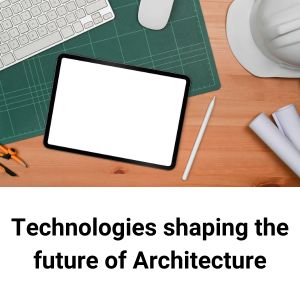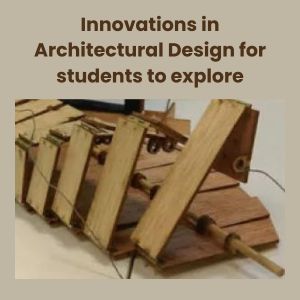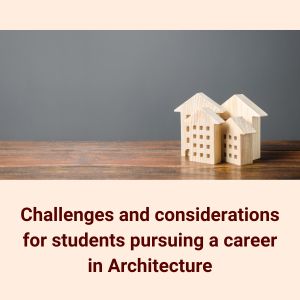Announcement
We are excited to announce the Indus Hackathon 2025, an exhilarating one-day event organized by the CSE Department of Indus University....Read more We are excited to announce the Indus Hackathon 2025, an exhilarating one-day event organized by the CSE Department of Indus University.
26th ISTE Faculty Annual State Convention will be held at Indus University on April 27, 2023....Read more 26th ISTE Faculty Annual State Convention will be held at Indus University on April 27, 2023.
26th ISTE GUJARAT STATE ANNUAL FACULTY CONVENTION & CONFERENCE ON APRIL 27,2023. MORE DETAILS WILL BE SHARED SOON....Read more 26th ISTE GUJARAT STATE ANNUAL FACULTY CONVENTION & CONFERENCE ON APRIL 27,2023. MORE DETAILS WILL BE SHARED SOON.
We are excited to announce the Indus Hackathon 2025, an exhilarating one-day event organized by the CSE Department of Indus University....Read more We are excited to announce the Indus Hackathon 2025, an exhilarating one-day event organized by the CSE Department of Indus University.
26th ISTE Faculty Annual State Convention will be held at Indus University on April 27, 2023....Read more 26th ISTE Faculty Annual State Convention will be held at Indus University on April 27, 2023.
26th ISTE GUJARAT STATE ANNUAL FACULTY CONVENTION & CONFERENCE ON APRIL 27,2023. MORE DETAILS WILL BE SHARED SOON....Read more 26th ISTE GUJARAT STATE ANNUAL FACULTY CONVENTION & CONFERENCE ON APRIL 27,2023. MORE DETAILS WILL BE SHARED SOON.

As they get ready for their future jobs, students should think about a number of rising architectural trends. To name a few:

These are just a few of the new architectural trends that students should take into account as they become ready for the workforce. Students can set themselves up for success in a sector that is rapidly expanding by keeping up with the most recent advances.

The future of architecture is being shaped by a number of technologies. Some of the most noteworthy ones are listed below:
In general, these technologies are changing how architects plan, construct, and care for structures. They are empowering architects to design more effective, sustainable, and cutting-edge structures that cater to the demands of the modern world.
Students can investigate a variety of fascinating developments in architectural Design. Here are a few illustrations:

These are only a handful of the fascinating advances in architectural design that students can study. Students can get a deeper grasp of the opportunities and difficulties of developing environments that are attractive, practical, and sustainable by learning about these cutting-edge methods to design.

It takes creativity, technical proficiency, and a thorough awareness of the built environment to be successful in the demanding and rewarding field of architecture. Before deciding to pursue a career in architecture, students should be aware of the following difficulties and factors:
A profession in architecture can be immensely fulfilling despite these difficulties. Architects have the chance to design stunning and valuable areas that enhance people's lives and have a long-lasting influence on the built environment. Students can excel in this fascinating and dynamic industry with commitment and hard effort.